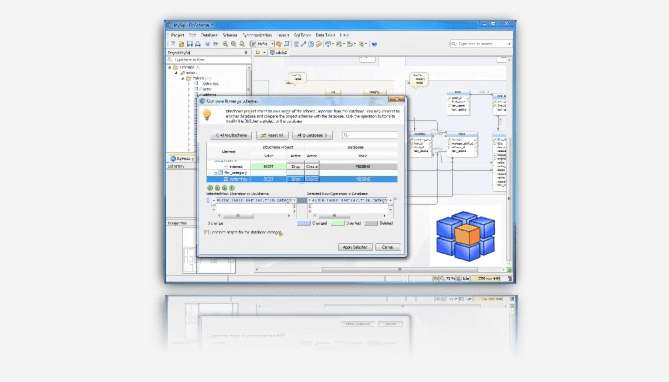

Hence, we can see that the student_id column works as the auto-incremented field now. Now, let us check our educba table records and see that values are inserted for the student_id column and whether they are auto-incremented.

INSERT INTO educba(student_id,name) VALUES(DEFAULT,'Piyush') Now, let us insert a record specifying the DEFAULT value for our student_id column. Saying that 1 row is inserted successfully. INSERT INTO educba(name) VALUES('Payal') We will insert the records using both methods. When you insert the records in the table with auto-incremented valued columns, you can either skip inserting those column values or specify the DEFAULT keyword for those columns in your INSERT query statement. To verify our table creation, let us fire the \dt command.Īs it can be seen that the table named educba is created successfully.
Dbschema serial serial#
To do so, you will externally need to define the column as the PRIMARY KEY.ĬREATE TABLE educba(student_id SERIAL PRIMARY KEY ,name VARCHAR(100) NOT NULL) However, it is necessary to know that whenever a column is declared of the type SERIAL, it does not mean that an index is created on that column or that column is considered its primary key. Let us now take an example of how serial pseudo-type helps us achieve auto-incrementation. The storage space and range of all the three pseudo-types of serial are as follows: Pseudo-type name This is similar to short int, int, and long int. Which differ in their storage space and range limits. In PostgreSQL, we can create a SERIAL pseudo-type that can belong to either of the following three types. For this purpose, the owner of the created sequence educba_student_id_seq is set to the student_id column of the educba table.If the student_id column is deleted, then the SEQUENCE object associated with it should also be deleted.As a sequence always generates a non-null integer value, the column student_id will be assigned with the NOT NULL constraint.A new SEQUENCE object is created for the column student_id, and the next value of that sequence is assigned to the default value of the student_id column.The above internal queries are executed while declaring any column of type SERIAL in the table. Then internally, there are a bunch of commands being executed.ĬREATE TABLE educba (student_id integer NOT NULL DEFAULT nextval('educba_student_id_seq'), name VARCHAR(100)) ĪLTER SEQUENCE educba_student_id_seq OWNED BY educba.student_id Hadoop, Data Science, Statistics & othersĬREATE TABLE educba(student_id SERIAL,name VARCHAR(100)) When we declare the column named “student_id” of type SERIAL in the table creation query for “educba” table in the following way. That further helps us in achieving the auto-incrementation of the values of certain columns declares as of type SERIAL.While creating a table in PostgreSQL, if we declare any column of the type SERIAL, internally, the SERIAL pseudo-type also creates a new SEQUENCE object for that column and table default values.We can define the minimum and maximum value, incremental step value, name, and owner of the SEQUENCE and cache space, which needs to be pre-allocated space in the memory of the sequenced list.



 0 kommentar(er)
0 kommentar(er)
